6 thrilling wildlife experiences in India’s jungles
6 Thrilling Wildlife Experiences in India’s Jungles
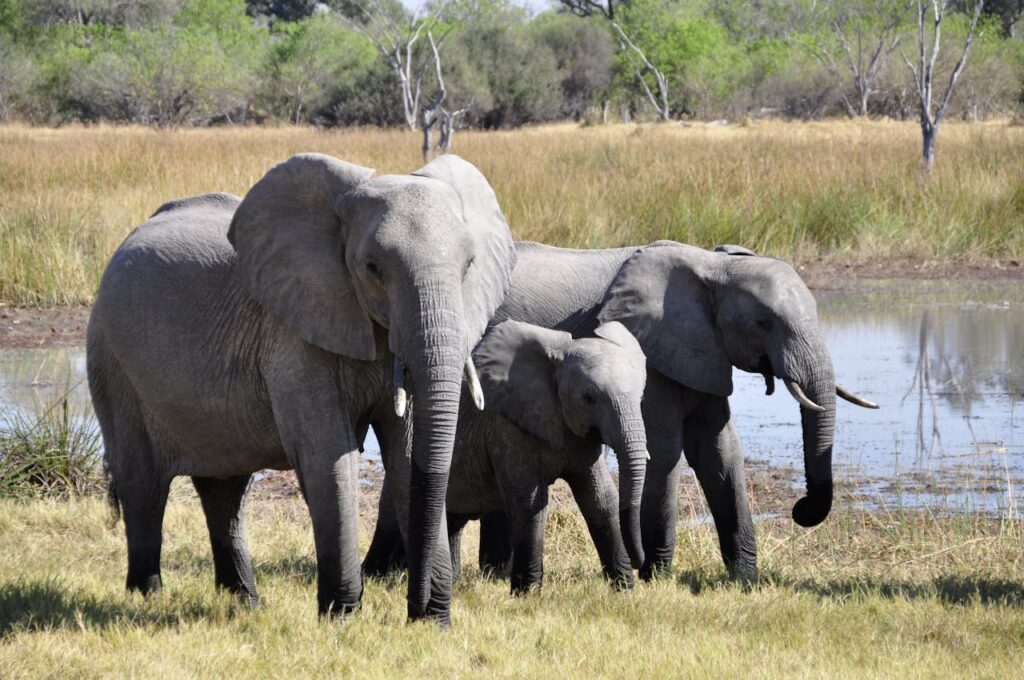
India’s diverse landscape is home to some of the most breathtaking jungles and wildlife experiences on Earth. From the dense sal forests of Madhya Pradesh to the mangrove swamps of the Sundarbans, the country shelters hundreds of species—many rare, endangered, and elusive. For adventure seekers and nature lovers, India’s jungles promise an adrenaline rush blended with serenity and awe.
Here are six thrilling wildlife experiences that will take you deep into the heart of India’s wilderness.
1. Tracking the Royal Bengal Tiger in Bandhavgarh National Park, Madhya Pradesh
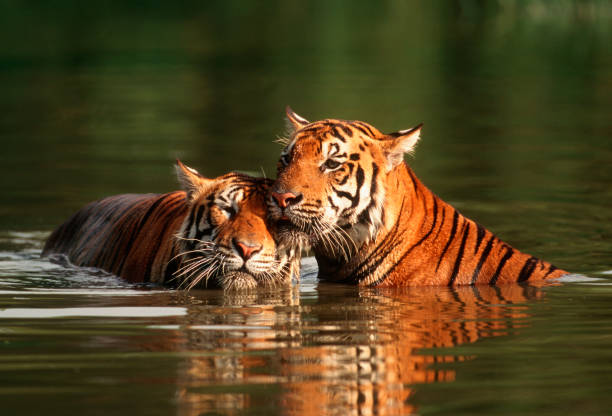
Few experiences in India can match the thrill of spotting the Royal Bengal Tiger in its natural habitat. Bandhavgarh National Park, located in the Vindhya Hills of Madhya Pradesh, is one of the best places to witness this majestic predator in the wild.
The Experience
Bandhavgarh boasts the highest density of tigers in India. Early morning jeep safaris through mist-covered forests offer a chance to catch a tiger emerging from the undergrowth or lounging near a waterhole. The excitement builds with every pugmark sighting, alarm call, or rustle in the grass.
Naturalists and guides are adept at interpreting jungle signs—each track, sound, or scent brings you closer to one of nature’s most magnificent creatures. When a tiger finally appears, its raw power and grace leave every visitor spellbound.
Beyond the Tiger
The park is also rich in biodiversity. You’ll encounter leopards, Indian bison (gaur), sambar deer, langurs, and more than 250 bird species. The ruins of the ancient Bandhavgarh Fort perched atop a hill add a historical touch to the wilderness.
Best Time to Visit
October to June, with March to May being the best time for tiger sightings as animals frequent water sources during summer.
Thrill Factor:
Spotting a tiger up close is one of the most heart-pounding moments in Indian wildlife travel.
5 Safe Solo Destinations in India for women
2. Elephant-Back Safari in Kaziranga National Park, Assam
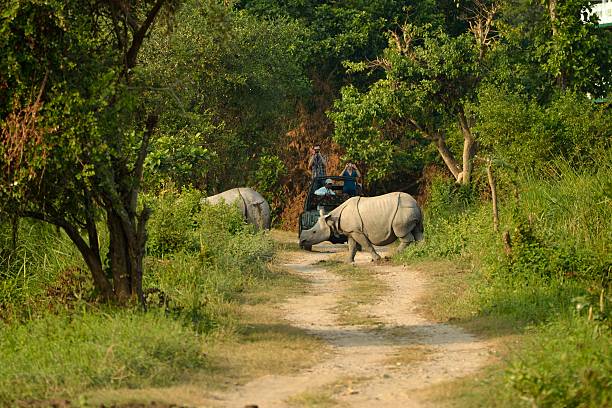
In the floodplains of the mighty Brahmaputra River lies Kaziranga National Park, a UNESCO World Heritage Site and the last stronghold of the Great Indian One-Horned Rhinoceros.
The Experience
One of the most unique ways to explore Kaziranga’s wilderness is on an elephant-back safari. Riding atop these gentle giants at dawn allows you to move quietly through tall elephant grass, wetlands, and open meadows. It’s a rare vantage point—safe, elevated, and thrilling.
As the early morning mist lifts, rhinos emerge from the marshes, often grazing just meters away. Herds of wild buffaloes, swamp deer, and elephants share the landscape. The calls of pied hornbills and bar-headed geese echo through the air.
The feeling of being one with the jungle, seeing wildlife up close from an elephant’s back, is unforgettable—an experience that connects you deeply to India’s ancient bond with these majestic animals.
Conservation Success
Kaziranga is one of India’s biggest conservation triumphs, where rhino populations have rebounded from near extinction due to strict protection measures.
Best Time to Visit
November to April, when the park remains open and wildlife sightings are at their best.
Thrill Factor:
Quietly approaching a massive rhino on elephant-back amid the golden dawn light—pure magic.
11 Romantic Gateways Under 5000
3. Exploring the Sundarbans Mangrove Forest, West Bengal

For those who crave mystery and wilderness rolled into one, the Sundarbans, the world’s largest mangrove forest, offers an experience unlike any other. This UNESCO World Heritage Site spans the delta formed by the Ganga, Brahmaputra, and Meghna rivers, and is home to the elusive Royal Bengal Tiger that swims between islands.
The Experience
Forget jeeps—here, your safari happens on a boat. You’ll glide through narrow creeks, tidal rivers, and mangrove tunnels where sunlight filters through dense foliage, creating surreal reflections on the water.
Every ripple holds the promise of a sighting—perhaps a tiger’s stripes glinting in the shallows, or a saltwater crocodile sunbathing on the banks. Mudskippers, monitor lizards, and kingfishers accompany you along the journey. The experience is as much about the mystery of the unknown as it is about spotting big cats.
The Sundarbans also teem with spotted deer, fishing cats, Gangetic dolphins, and hundreds of bird species. Villages on stilts and stories of the fierce yet revered “Bonbibi,” the forest goddess, add a mystical layer to your adventure.
Best Time to Visit
November to March, when the weather is pleasant and river navigation is smooth.
Thrill Factor:
The combination of tigers, tides, and legends makes Sundarbans a wild symphony of danger and beauty.
4. Leopard Spotting in Jawai, Rajasthan

Nestled between the Aravalli Hills in Rajasthan, Jawai Leopard Reserve offers a different kind of jungle adventure—raw, rugged, and steeped in coexistence. Unlike other parks, Jawai isn’t a dense forest but a dramatic granite landscape where leopards roam freely among local villages.
The Experience
Here, safaris take place in open-top jeeps across rocky outcrops and scrubland. The thrill lies in scanning the cliffs for the spotted silhouette of a leopard basking in the morning sun or gracefully moving among boulders at dusk.
What’s remarkable about Jawai is the harmonious relationship between humans and leopards. Locals consider them sacred and believe in peaceful coexistence. This trust has made Jawai one of the safest habitats for leopards outside traditional sanctuaries.
In addition to leopards, you’ll spot flamingos, pelicans, blue bulls, and hyenas. The serene Jawai Dam, reflecting pink-hued sunsets, is a photographer’s paradise.
Luxury camps and eco-lodges nearby provide an ideal mix of comfort and wilderness—where candlelit dinners under starlit skies follow adrenaline-charged safaris.
Best Time to Visit
October to April, especially winter, when leopards are most active.
Thrill Factor:
Leopard spotting in the wild, without fences or enclosures, delivers pure wilderness adrenaline.
24 Religious Places in North India for Devotees
5. Night Safari in Pench National Park, Madhya Pradesh
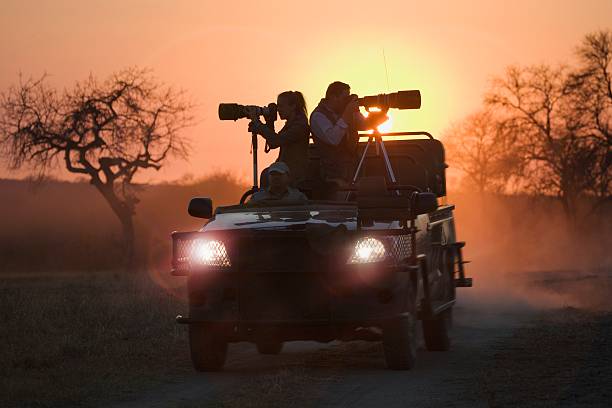
If you think jungle safaris are exciting by day, wait until you experience one at night. Pench National Park, straddling Madhya Pradesh and Maharashtra, offers an official night safari experience—one of the few parks in India to do so.
The Experience
As dusk falls and the forest turns shadowy, a new world awakens. Guided by powerful spotlights and expert naturalists, you’ll venture into Pench’s buffer zones in open jeeps. Every sound becomes amplified—the rustling of leaves, the distant call of a jackal, the hoot of an owl.
Spotlight sweeps may reveal the gleam of leopard eyes, a sloth bear rummaging for food, or herds of deer frozen in alertness. The nocturnal world of the jungle is both eerie and exhilarating.
Pench is also famous as the setting that inspired Rudyard Kipling’s The Jungle Book, and as you move through the darkness, you can almost imagine Bagheera or Shere Khan watching silently.
Best Time to Visit
October to June. Night safaris are typically organized in buffer zones, with limited slots, so advance booking is essential.
Thrill Factor:
The forest after dark is a sensory overload—mysterious, primal, and unforgettable.
5 Heritage Sites in Rajasthan under 10000
6. Walking Safari in Periyar Tiger Reserve, Kerala
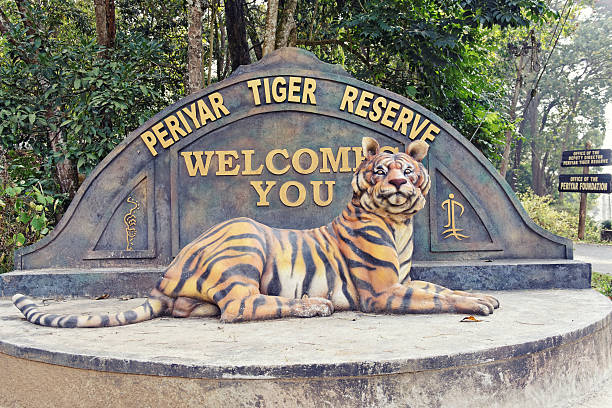
For those who wish to feel every rustle and scent of the forest, Periyar Tiger Reserve in Kerala offers a unique opportunity—a guided walking safari. Situated in the Western Ghats, this lush reserve is known for its rich biodiversity, tranquil lakes, and eco-tourism initiatives.
The Experience
Unlike traditional jeep safaris, Periyar’s “Nature Walk” and “Tiger Trail” treks take you on foot through bamboo forests, cardamom hills, and lakeshores. Accompanied by trained tribal guides and forest guards, you’ll track animals through fresh dung, pugmarks, and feeding signs.
Imagine hearing branches crack as elephants move nearby or spotting fresh tiger tracks in the mud—it’s an intimate, spine-tingling way to connect with nature.
The walking safaris also emphasize conservation awareness, offering insights into local flora, medicinal plants, and the forest ecosystem. You might spot elephants, giant squirrels, langurs, wild boars, and an incredible diversity of butterflies and birds.
Eco-Lodges and Responsible Tourism
Periyar is a model for community-based ecotourism. Local villagers work as guides, cooks, and protectors of the forest, ensuring tourism benefits both people and wildlife.
Best Time to Visit
September to March, when the weather is cool and comfortable for walking.
Thrill FactoR
Walking amid wild elephants and dense forest trails—this is adventure in its purest form.
19 Famous Historical Places in India
Other Notable Jungle Experiences
If your appetite for adventure still isn’t sated, India’s jungles offer many more thrills:
- Gir National Park (Gujarat) – Home of the last surviving Asiatic lions.
- Jim Corbett National Park (Uttarakhand) – India’s oldest park and a tiger-lover’s dream.
- Satpura National Park (Madhya Pradesh) – Renowned for canoe safaris and walking trails.
- Wayanad Wildlife Sanctuary (Kerala) – Famous for elephant herds and tranquil bamboo forests.
- Nagarhole and Kabini (Karnataka) – Ideal for spotting leopards and wild dogs.
Each jungle tells a different story—of struggle, survival, and coexistence.
Responsible Wildlife Travel Tips
- Respect Wildlife Boundaries: Never get too close or make noise to provoke animals.
- Avoid Plastic: Carry reusable bottles and avoid littering inside parks.
- Support Eco-Lodges: Choose accommodations that promote local employment and sustainable practices.
- Follow Park Rules: Adhere to timings, speed limits, and photography guidelines.
- Travel Off-Season Responsibly: Visit lesser-known parks to ease the tourist load on famous ones.
Responsible travel ensures that future generations can continue to enjoy these incredible wildlife experiences.
Conclusion
India’s jungles are not just about safaris—they’re about stories of life and wilderness intertwined. From tiger trails in Bandhavgarh to misty boat rides in the Sundarbans, from walking among elephants in Periyar to stargazing in Jawai, every experience awakens a primal connection to nature.
Each jungle adventure offers something unique—thrill, peace, discovery, and respect for the wild. As you traverse these ancient forests, remember that the true magic lies not just in what you see, but in what you feel—the heartbeat of India’s untamed wilderness echoing in your soul.
FAQ on Wildlife Experiences in India’s Jungles
1. What are the best wildlife experiences in India’s jungles?
India offers thrilling wildlife experiences such as tiger safaris in Ranthambore and Bandhavgarh, elephant encounters in Jim Corbett, birdwatching in Bharatpur, lion spotting in Gir, and rhino tracking in Kaziranga. Night safaris in Satpura and jungle stays in Kabini also provide immersive adventures.
2. Which are the top national parks in India for jungle safaris?
Some of the top parks include:
- Ranthambore National Park (Rajasthan) – famous for Bengal tigers
- Jim Corbett National Park (Uttarakhand) – India’s oldest park with diverse fauna
- Bandhavgarh National Park (Madhya Pradesh) – highest tiger density
- Kaziranga National Park (Assam) – home to one-horned rhinoceroses
- Gir National Park (Gujarat) – last abode of Asiatic lions
- Periyar Wildlife Sanctuary (Kerala) – known for elephants and serene lake cruises
3. When is the best time to visit India’s jungles for wildlife safaris?
The ideal time is October to June, when parks remain open.
- Summer (March–June): Best for tiger sightings at waterholes
- Winter (November–February): Pleasant weather and good for birdwatching
- Monsoon (July–September): Most parks close, except Periyar and Kabini
4. Are wildlife safaris in India safe?
Yes, they are safe when conducted through authorized guides and government-approved operators. Always follow instructions, stay inside the vehicle, and avoid loud noises or flash photography.
5. What are the different types of safaris available in Indian jungles?
Visitors can choose from:
- Jeep Safari – Most popular for tiger and lion sightings
- Elephant Safari – Offered in select parks like Kaziranga and Corbett
- Boat Safari – Common in Periyar and Sundarbans
- Canter Safari – Group safaris for larger crowds
- Walking or Night Safaris – Available in Satpura and certain eco-parks
6. How can I book a wildlife safari in India?
Safaris can be booked:
- Through official park websites (e.g., MP Forest, Rajasthan Forest Department)
- Via authorized tour operators or travel agencies
- Through resorts and jungle lodges that provide packages including permits, guides, and vehicles
7. What wildlife species can tourists expect to see?
Depending on the region, you may spot:
- Big cats: Tigers, leopards, Asiatic lions
- Herbivores: Elephants, deer, bison, rhinos
- Birds: Hornbills, peacocks, migratory birds
- Reptiles: Crocodiles, pythons, lizards
- Unique species: Red pandas (Sikkim), wild dogs, sloth bears
8. What should I carry on a jungle safari?
Pack:
- Lightweight cotton clothes in earthy tones
- Binoculars and a camera with zoom lens
- Sunblock, hat, sunglasses
- Insect repellent and a reusable water bottle
- Park permit and ID proof
9. Are there eco-friendly jungle stays in India?
Yes. Many parks promote sustainable tourism with eco-lodges and nature camps. Examples include:
- Taj Safaris (Madhya Pradesh)
- Evolve Back Kabini (Karnataka)
- The Machan (Maharashtra)
- Wild Mahseer (Assam)
These properties follow responsible tourism practices like solar energy use and waste management.
10. Can families with children enjoy wildlife safaris?
Absolutely! Many national parks offer family-friendly safari options, nature walks, and interpretation centers that make the experience educational and exciting for kids. However, children below 5 years may not be allowed on certain safaris for safety reasons.
11. Which jungles are ideal for photographers and birdwatchers?
- Keoladeo Ghana National Park (Bharatpur, Rajasthan) – heaven for birdwatchers
- Pench and Kanha (Madhya Pradesh) – for tiger photography
- Thattekad Bird Sanctuary (Kerala) – lush greenery and rare species
- Chilika Lake (Odisha) – migratory birds and flamingos
12. Are night safaris available in India?
Yes, a few reserves like Satpura National Park (Madhya Pradesh), Bandhavgarh buffer zone, and Jhalana Leopard Reserve (Jaipur) allow guided night safaris to observe nocturnal wildlife.
13. What are some responsible tourism tips for jungle travelers?
- Never feed or disturb animals
- Avoid littering or loud noises
- Stay on designated trails
- Respect local guides and their instructions
- Choose eco-certified resorts
14. What makes Indian jungle experiences unique compared to other countries?
India’s jungles offer a diverse mix of terrains—grasslands, mangroves, rainforests, and dry forests, each supporting unique wildlife. The coexistence of cultural heritage and natural beauty makes these experiences both thrilling and soulful.
15. How can international tourists plan a wildlife trip in India?
They can:
- Apply for e-visas for wildlife tourism
- Book safaris 60–90 days in advance (especially in popular parks)
- Combine wildlife tours with nearby heritage or cultural destinations
- Hire local naturalists or certified guides for the best experience

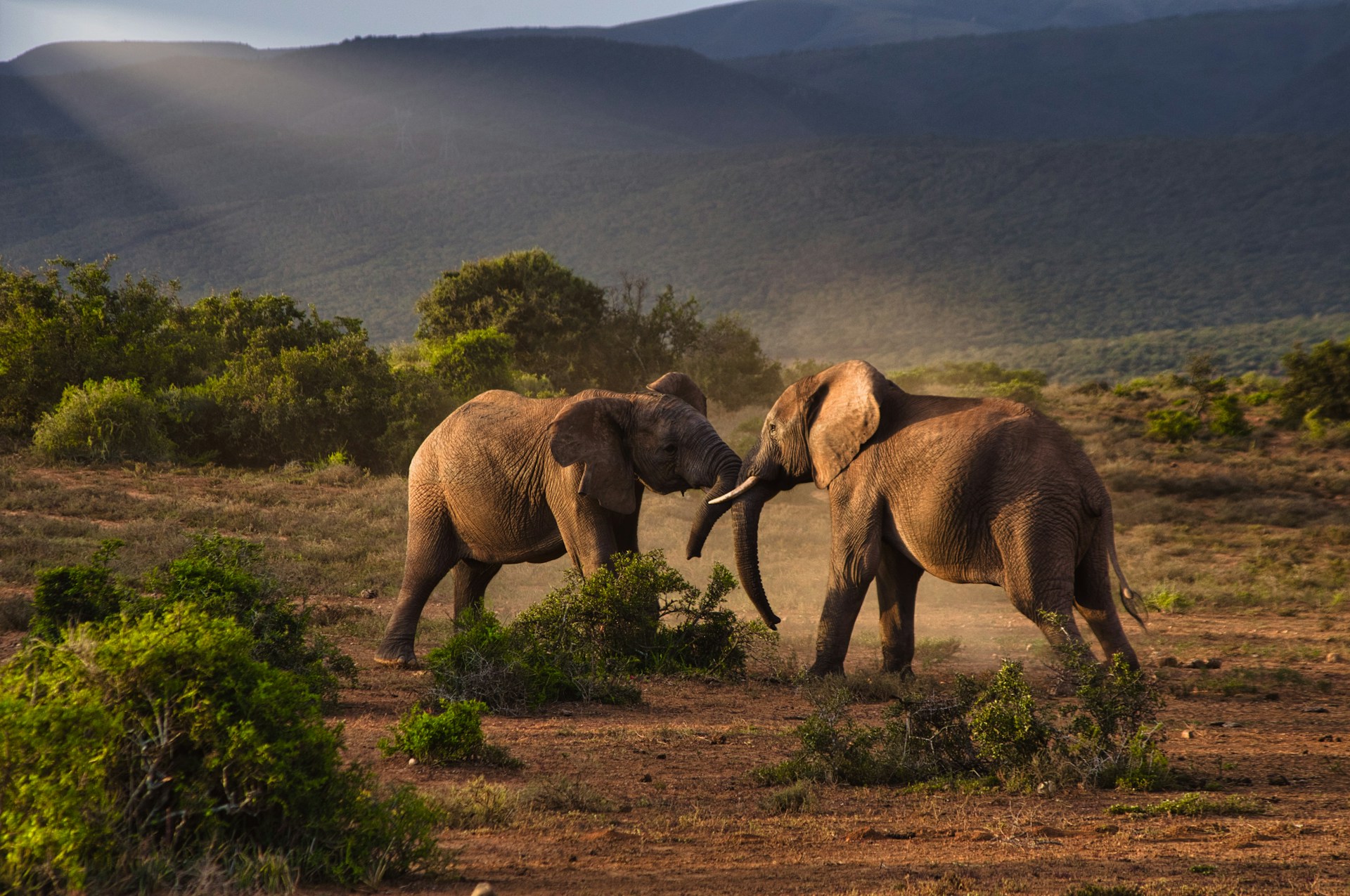
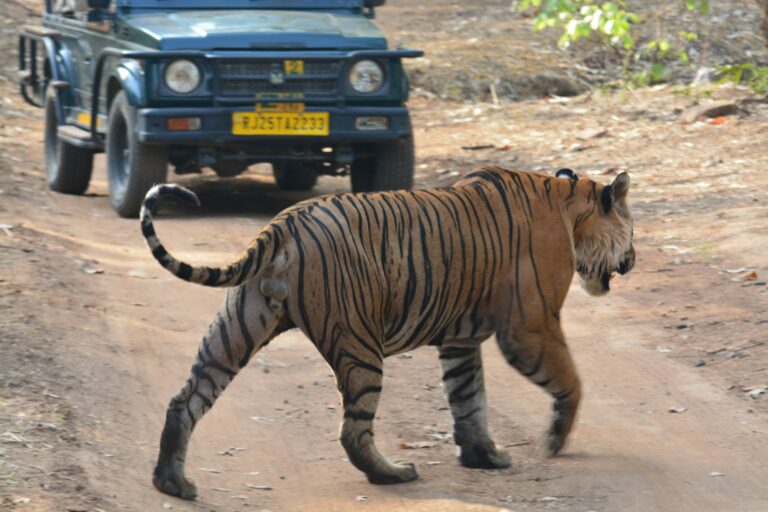
2 Comments